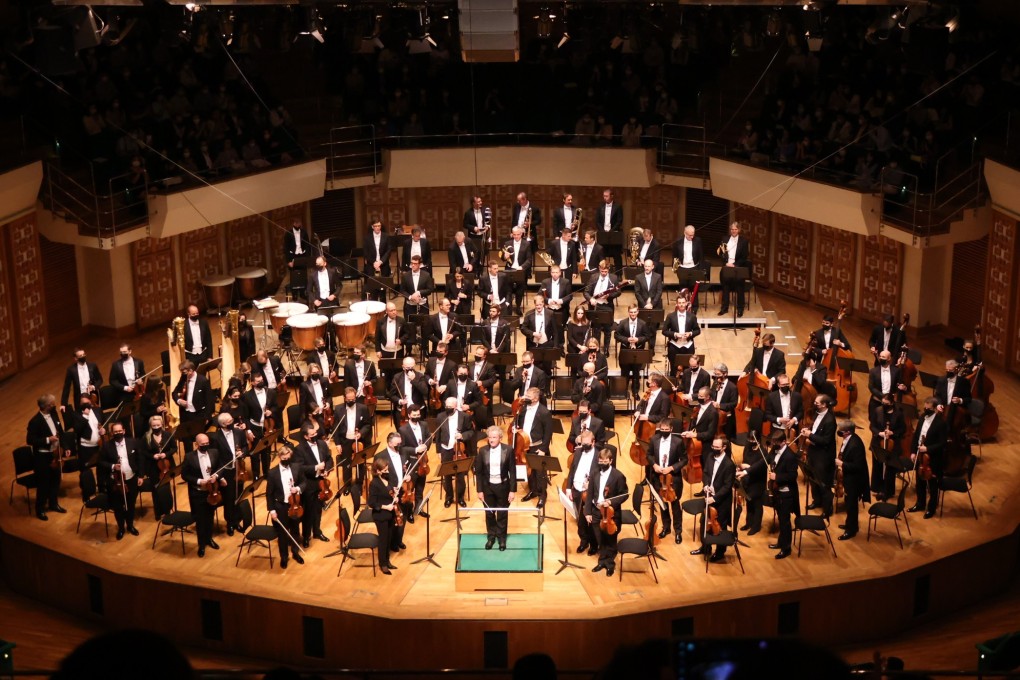Review | In Vienna Philharmonic’s Hong Kong concerts, the orchestra’s unique sound palette and suave muscularity offered a feast for the ears
- Programmes of works by late Romantic composers allowed the orchestra to show off their elegance, refinement, cohesion and well balanced sound
- A couple of blemishes aside, the solo playing was outstanding – none more than that of concertmaster Albena Danailova

It all came down to the sound.
The unique body of orchestral sound known in German as Wiener Klangstil – or “Viennese sound style” – lured concertgoers in droves to the Vienna Philharmonic’s two Hong Kong performances, led by guest conductor and director of The Cleveland Orchestra Franz Welser-Möst.
Multiple factors contribute to the sound: particular oboes from the early 19th century, double-cylinder valve horns, goat-skinned drums and timpani, and a style of string playing that draws from a wealth of central European traditions. But ultimately it defies definition.
This week’s concerts, which kicked off the orchestra’s first Asian tour since the coronavirus pandemic began, featured music from its core Germanic and Czech repertoire – Wagner, Brahms, Dvořák and Richard Strauss.
The earnest works that began Monday’s concert meant listeners would have to wait for their dose of Viennese flair until the Dvořák that followed the intermission. Joyful exuberance was clearly off the table in Wagner’s Prelude to Parsifal and Richard Strauss’ Death and Transfiguration. These works were, however, a glorious showcase of the Vienna Philharmonic’s special sound palette.
A suave elegance in the legato string sound captivated early on in the Parsifal prelude. Introduced gently by unaccompanied violins and cellos, the motif of redemption to begin with is also Wagner’s conclusion (sung by a chorus) to Parsifal.